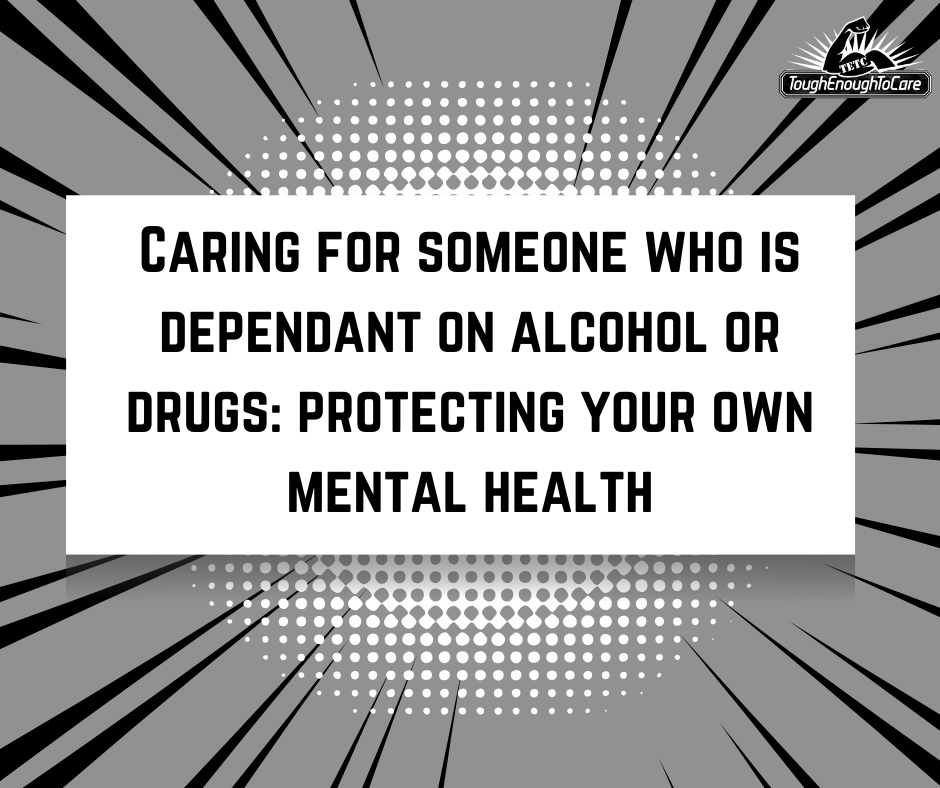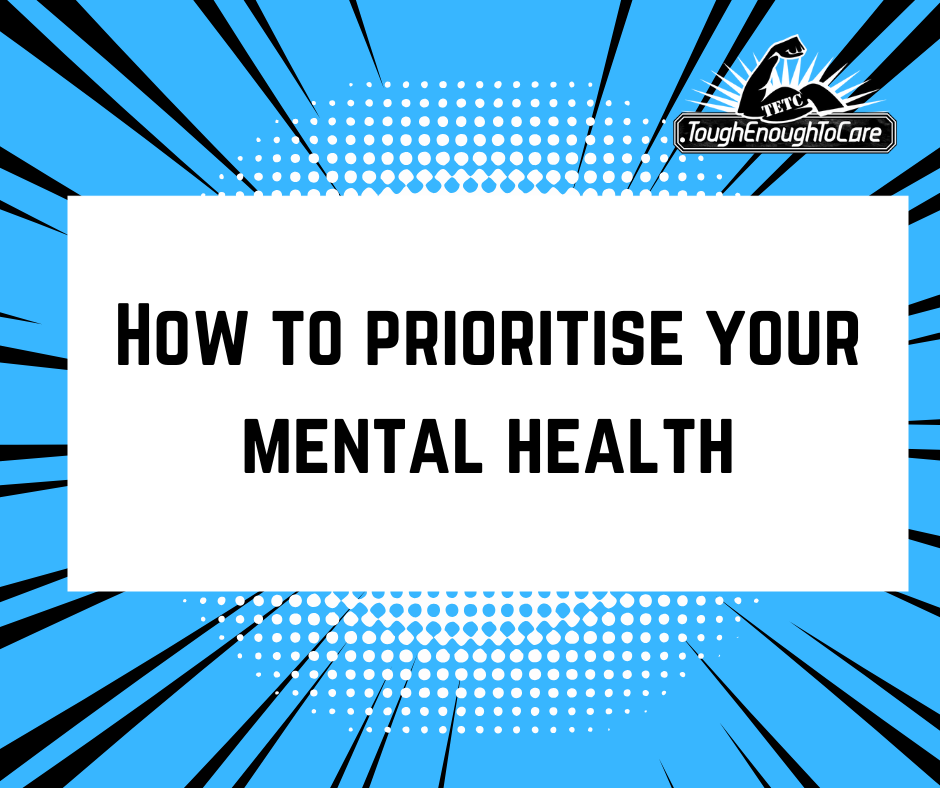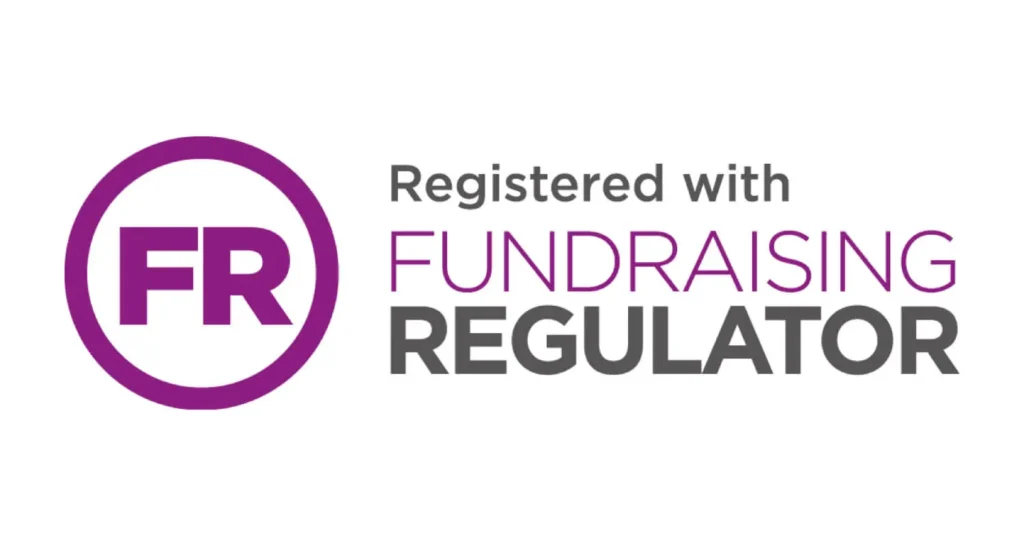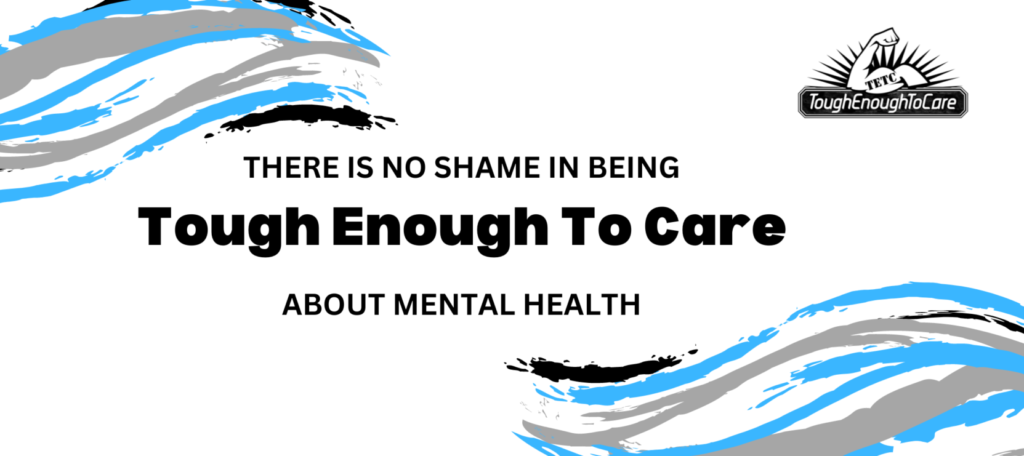How to prioritise your mental health
In today’s fast-paced world, prioritising mental health is essential. With mounting pressures from work, relationships, and daily responsibilities, it can be easy to neglect our own emotional and psychological well-being. However, understanding the importance of mental health and taking active steps to nurture it can lead to a more balanced and fulfilling life. Here’s how you can prioritise your mental health in practical ways.
- Recognise the importance of mental health
Mental health is just as important as physical health. In fact, the two are deeply connected. When we are mentally healthy, we can better manage stress, form positive relationships, and cope with life’s challenges. Neglecting mental health can lead to burnout, anxiety, depression, and other emotional struggles that affect not just ourselves, but also those around us. Start by acknowledging that mental health deserves the same attention and care as any other aspect of your health.
- Set boundaries
One of the most effective ways to protect your mental health is by setting clear boundaries. In both personal and professional environments, it’s easy to overextend yourself and say “yes” when you should be saying “no.” Learning to set boundaries allows you to protect your time, energy, and emotional resources. This might mean saying no to extra work, limiting social obligations, or even taking time for yourself when needed.
Action tip: Try scheduling “me time” during your day, whether it’s for relaxation, a hobby, or simply doing nothing.
- Cultivate healthy relationships
The people we surround ourselves with play a significant role in our mental well-being. Healthy relationships provide support, love, and understanding, while toxic relationships can contribute to stress and anxiety. It’s essential to evaluate the quality of your relationships and make time for those who uplift and support you. This may also mean distancing yourself from individuals or environments that drain your mental health.
Action tip: Practice open communication with those closest to you. Set aside time for quality interactions that create positive connections.
- Prioritise self-care
Self-care is a critical part of maintaining good mental health. It’s easy to dismiss self-care as a luxury or something to do “when you have time,” but in reality, it should be a regular part of your routine. Self-care doesn’t have to be elaborate—it can be as simple as getting enough sleep, eating nourishing foods, exercising, and engaging in activities that bring you joy.
Action Tip: Start small by incorporating one self-care activity into your day, whether it’s taking a walk, reading a book, or practicing mindfulness.
- Practice mindfulness and meditation
Mindfulness and meditation are powerful tools for managing stress and improving mental clarity. By focusing on the present moment, you can break free from negative thought patterns and cultivate a sense of calm. Research shows that regular mindfulness practice can reduce anxiety, depression, and improve overall emotional regulation.
Action Tip: Start with a few minutes of meditation each day, focusing on your breath or doing a guided meditation using an app like Headspace. Over time, you can gradually increase the duration and explore other techniques.
- Manage stress effectively
Stress is a part of life, but how we handle it can significantly impact our mental health. Chronic stress can lead to burnout, anxiety, and physical health problems. Finding effective ways to manage stress is essential. This could involve regular physical activity, hobbies, or relaxation techniques like deep breathing.
Action Tip: When feeling stressed, take short breaks throughout the day to reset. Practice deep breathing or use grounding techniques to calm your mind.
- Seek professional help when needed
There’s no shame in seeking help from a mental health professional if you’re struggling. Therapy, counselling, and support groups can provide you with valuable tools to navigate life’s challenges. Mental health professionals are trained to offer insights and coping strategies that can make a significant difference in how you manage your mental health.
Action Tip: If you feel overwhelmed but don’t feel quite ready to talk to a face-to-face counsellor, you can use our text helpline. Text TOUGH to 85358 for free and confidential advice and support 24/7.
- Develop a healthy routine
Having a daily routine can help create stability and structure, which is beneficial for mental well-being. A well-balanced routine should include time for work, rest, and play. This balance helps prevent feelings of chaos and burnout.
Action Tip: Organise your day by establishing consistent wake-up times, meal times, and sleep schedules. Include both productive tasks and relaxing moments.
- Engage in physical activity
Physical health and mental health are intricately linked. Exercise is a great way to boost your mood, improve sleep, and increase your energy levels. Regular physical activity has been shown to reduce symptoms of anxiety and depression and can help your body handle stress more effectively.
Action Tip: Incorporate at least 30 minutes of physical activity into your day—whether it’s a walk, yoga, or a workout session. Find something that you enjoy to make it sustainable.
- Focus on positive thinking
Our thoughts greatly influence how we feel. Focusing on positive thinking can help reduce negative self-talk and improve your outlook on life. Practicing gratitude is one simple way to shift your mindset, as it encourages you to appreciate the good things in your life.
Action Tip: Start or end your day by listing three things you’re grateful for. This small practice can shift your focus towards positivity and foster a sense of contentment.
Prioritising your mental health doesn’t require drastic changes overnight. By implementing small, consistent actions into your routine, you can gradually enhance your well-being and build resilience to cope with life’s challenges. Remember, you are worthy of taking care of yourself—mind, body, and soul. Embrace these practices and watch as your mental health flourishes.





